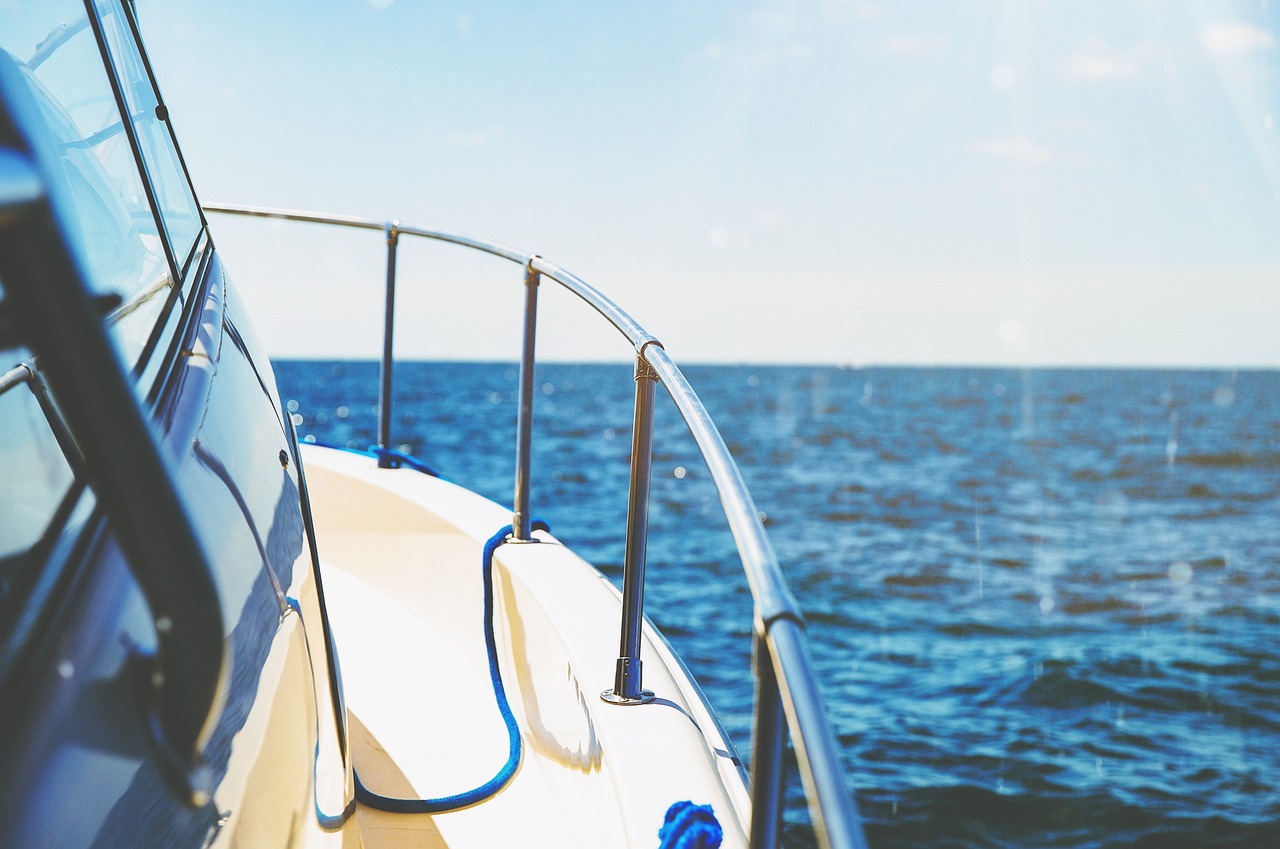
Pre-reading questions:
I will read each question. Then, please answer them.
講師がそれぞれの質問を読むので答えましょう。
- Have you already had therapy?
- Do you like to be near blue spaces?
Vocabulary:
I will read the words, meanings, and sample sentences. Then, repeat after me.
単語、意味、例文を読みます。講師に続いて音読しましょう。
- organization /awr-guh-nuh-ZEY-shuhn/
- method /METH-uhd/
- illness /IL-nis/
- prevent /pri-VENT/
- flooding /FLUHD-ing/
[noun] – a group whose members work together for a shared purpose in a continuing way
The organization has launched a campaign to raise $150,000.
[noun] – a particular way of doing something
I think we should try again using a different method.
[noun] – a disease of the body or mind
The doctor diagnosed the illness as pneumonia.
[verb ] – to stop something from happening or someone from doing something
Vitamin C is supposed to prevent colds.
[noun] – a situation in which an area is covered with water, especially from rain
Flooding in the area is a common occurrence.
Article reading:
Please read the whole article. Then, I will check your pronunciation and intonation.
記事を音読しましょう。講師はあなたの発音とイントネーションを確認します。
The idea of “blue spaces” was first proposed by researchers ten years ago, and it has been shown to be an effective and useful tool for mental health.
Although getting on a ship has become more popular over the past ten years, most people today do this type of mindfulness practice from the convenience of their home or a therapist’s office rather than from the deck of a ship. However, the British nonprofit organization Sea Sanctuary thinks that its method of treating mental illness, which combines both therapy and aquatic activities, is particularly effective. As a proponent of “blue health,” it believes that being near or in blue surroundings like rivers, lakes, and the sea improves our mental health.
Our healthcare systems frequently respond to problems as they develop. More funding must be allocated to initiatives that fight and prevent disease. Our health, the environment, urban livability, flooding, water quality, biodiversity, and social cohesion would all benefit from better blue space.
Although getting on a ship has become more popular over the past ten years, most people today do this type of mindfulness practice from the convenience of their home or a therapist’s office rather than from the deck of a ship. However, the British nonprofit organization Sea Sanctuary thinks that its method of treating mental illness, which combines both therapy and aquatic activities, is particularly effective. As a proponent of “blue health,” it believes that being near or in blue surroundings like rivers, lakes, and the sea improves our mental health.
Our healthcare systems frequently respond to problems as they develop. More funding must be allocated to initiatives that fight and prevent disease. Our health, the environment, urban livability, flooding, water quality, biodiversity, and social cohesion would all benefit from better blue space.
True or False:
Read the sentences and identify if they are true or false based on the article.
文章を読んで、記事に基づいて正誤を答えましょう。
- The idea of “blue spaces” was first proposed by researchers ten years ago.
- The British nonprofit organization Sea Sanctuary thinks that its method of treating mental illness is particularly effective.
- Sea Sanctuary is a proponent of “blue health.”
- Blue health is the idea that being near or in blue surroundings like rivers, lakes, and the sea improves our mental health.
- According to the article, more funding must be allocated to initiatives that fight and prevent disease.
Fill in the blanks:
Choose the correct word from the table then fill in the blanks.
適切な言葉を選んで空欄を埋めましょう。
| organization | method | illness | prevent | flooding |
- This ______ is fatal in almost all cases.
- The ______ relied heavily on volunteers.
- Which ______ is likely to produce the best results?
- Heavy rain has caused ______ in many areas.
- Label your suitcases to ______ confusion.